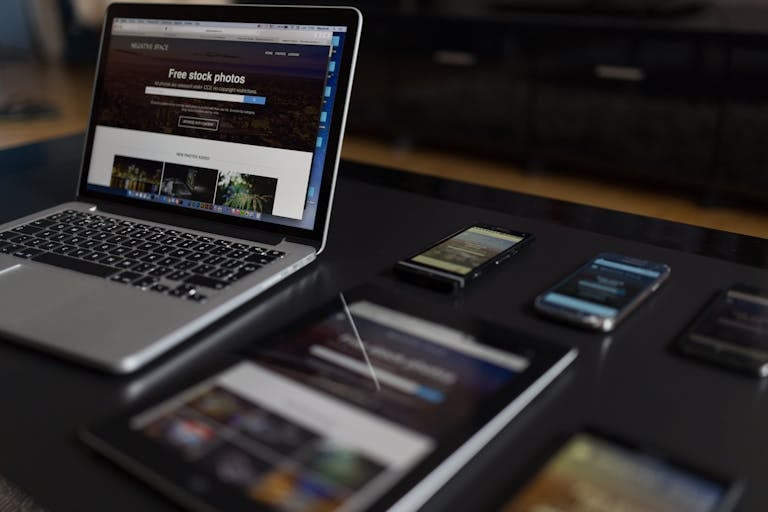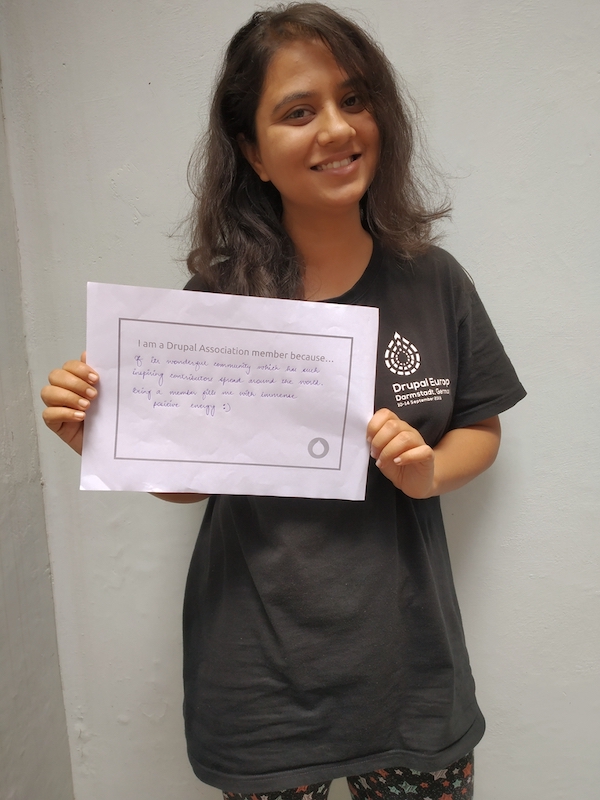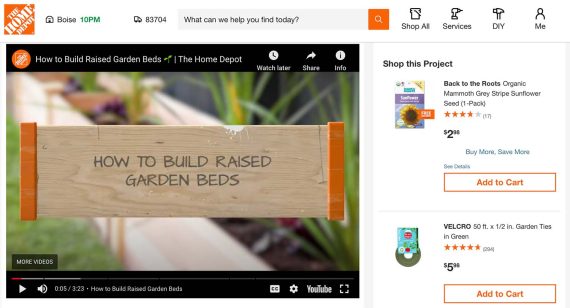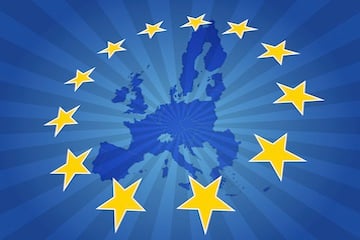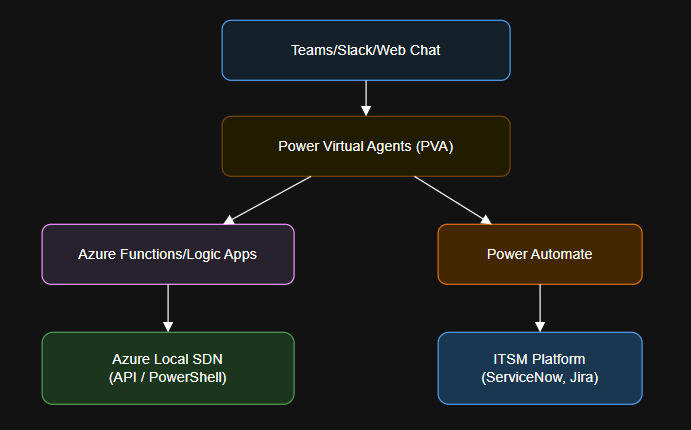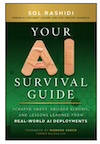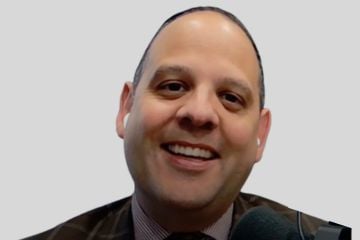
Raphael Schneider launched Gentleman’s Gazette in 2010 as a blog for men’s style and apparel. He added his own product line in 2013, selling menswear and accessories.
He emphasizes quality in clothing and content. His YouTube channel, launched in 2015, remains essential for traffic and conversions, owing, he says, to the quality of the videos. “Ten years from now, someone can still benefit from a video we produce today,” he told me.
Raphael first appeared on the podcast in 2018. In this our latest conversation, he addressed the company’s origins, Google search, and, yes, his focus on YouTube.
Our entire audio is embedded below. The transcript is edited for clarity and style.
Eric Bandholz: Tell us about your journey to Gentleman’s Gazette.
Raphael Schneider: As a teenager in Germany, I earned money selling items on eBay. That’s when I discovered cufflinks. I learned they required French cuff shirts and jackets, which sparked my interest in classic men’s clothing.
I went to law school thinking I could dress well every day, but I realized I hated law, so I moved to the U.S. in 2009 through an exchange program and married my girlfriend, whom I had met earlier as a student. The job market was tough, especially for foreigners, so I turned to clothing and style, my passions.
Blogging was booming then. I launched Gentleman’s Gazette in 2010 to publish articles on men’s style. Readers kept asking where I got my clothes. That led me to create Fort Belvedere, our menswear brand, in 2013. I had no product development experience, and it took time and money to get going.
Early on, I wrongly assumed that building an audience produced easy sales. But I’ve learned a lot, and I love the creativity and independence of entrepreneurship.
Bandholz: Your YouTube channel is impressive.
Schneider: Early on, our main traffic generator was Google organic search. It was our bread and butter for a while, generating around 1.5 million page views annually. Traffic ebbed, so we explored other options.
I dabbled in video as early as 2012, but we fully committed to YouTube in 2015. Being early helped, and video is a strong medium for clothing and style. You can show fabric drape, fit, and personality, which articles can’t always convey.
We chose a personality-driven approach, featuring different hosts to appeal to a broader audience. Some may like me, others might not, so variety helps. YouTube’s landscape has changed. Now there are shorts, algorithms, and more creators, but we adapt. We’re experimenting with travel-style content, allowing viewers to experience places vicariously and inspire their journeys.
Our content isn’t just “look at this pocket square.” It’s about educating and connecting with a niche audience that values classic menswear. While most people wear leisure clothes and aren’t interested in cufflinks, we serve those who are. We continue to produce foundational style content while evolving to keep advanced users engaged.
So, yes, YouTube is an essential marketing tool for us.
Bandholz: Does investing in higher-production travel videos pay off?
Schneider: Last year, we visited London to test travel content. Not everything new pays off immediately, but we track performance carefully — click-throughs via YouTube Shopping, affiliate links in descriptions, and customer feedback. While it’s hard to tie direct sales to a single video, the response from viewers has been positive.
Some videos generate more revenue than others; we analyze patterns and adjust. But we’ve realized it’s about having a range of content: top-of-funnel to raise awareness, mid-funnel like product guides, and bottom-funnel content for ready-to-buy customers, like a deep dive into pocket squares. That mix still works well for us.
Attribution is tricky. A lot gets credited to organic Google search, but we know it’s multi-touch. Someone might discover us through YouTube on mobile, but check out later on desktop via branded search.
With AI and easier video creation on the rise, content production will become cheaper, but we still see value in YouTube. Competing on Instagram is tough. There are millions of creators.
The field is smaller on YouTube, especially with location-specific travel content. Few people can travel to Vienna, speak the language, and do in-depth style content. That’s where we want to stand out — a big fish in a small pond.
Bandholz: How is AI affecting your blog traffic and strategy?
Schneider: Our focus remains on original YouTube content, though we may test YouTube ads since we have an in-house production team. AI is changing things. I’ve always believed in creating timeless value — we make our products and content to last. Ten years from now, someone can still benefit from a video we produce today.
In the past, Google reliably sent traffic if you made comprehensive content. But now, AI tools give people instant answers. They don’t want to click through multiple sites to find their needs. We’ve noticed Google is leaning more on AI Overviews and keeping users on their platform, which doesn’t help small creators like us.
We’re seeing our brand in those AI summaries, which recognize Gentleman’s Gazette as reputable, but we’ve yet to see significant traffic or conversions.
So it’s a major shift. Big players are gaming the system and flooding the web with AI content from old domains. But I still think there’s a market for real, human passion. If you’re into photography, do you want advice from AI or from someone who lives it?
We are using AI in practical ways. For example, I created a voice clone for product videos. For a tie that comes in 14 colors, I recorded just once, and AI handles the rest. Tools like that save time without sacrificing personality. I think that’s the key.
People still connect with people. We’re continuing to invest in that, stay curious, and adapt. The danger isn’t change — it’s resisting change.
Bandholz: Is organic search traffic from Google still viable for premium-priced products?
Schneider: I’ve spoken to several search-engine experts, and they all say we’ll struggle to rank for high-purchase-intent keywords if you’re selling premium products. Conversion rates are lower for expensive items, so Google favors cheaper alternatives since it prioritizes click-throughs.
That said, we still get organic search traffic. We analyze landing pages and reverse-engineer what people might be searching for.
If someone searches for a niche item, such as a specific silk necktie, we can still rank because few apparel merchants offer those products. The key is to clarify that a premium product has specific features and a cheaper item does not.
Ranking for high-intent short-tail keywords is nearly impossible, but long-tail SEO is still viable. For example, “unlined driving gloves in lamb nappa” is specific enough to rank and reach the right buyer.
Ultimately, though, it’s more about brand affinity, like with Beardbrand, your company. People come for the lifestyle, the philosophy — they connect to the identity. That’s where premium brands still have power.
Bandholz: Where can people buy your stuff?
Schneider: Our site is GentlemansGazette.com. Follow us on YouTube, Instagram, and Facebook. I’m on LinkedIn.

